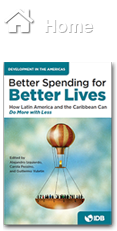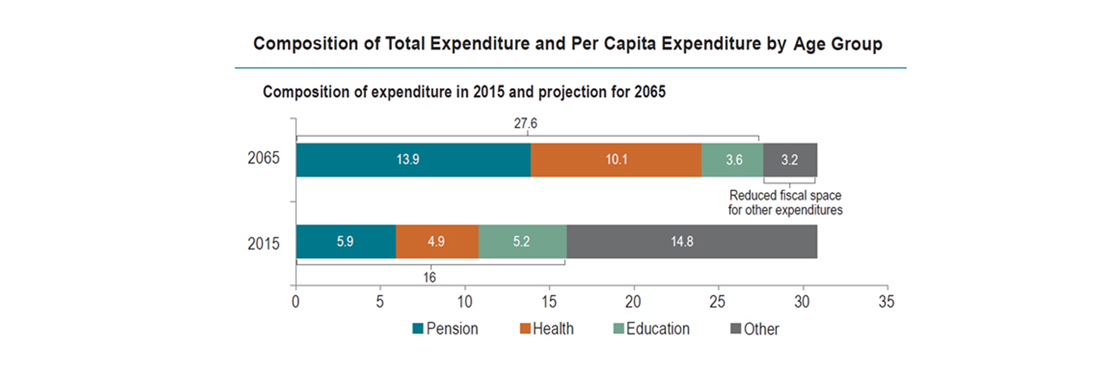During the last decade, has the increase in public spending come at the expense of fiscal sustainability? The answer is resounding yes.
Public Spending: From Bigger to Better
(Chapter 1)
Since the early 1900s, the role of governments and their participation in the economy has steadily increased around the world. Typical ratios of public spending to gross domestic product (GDP) have crept up from about 5 percent in the early 1900s to about 22 percent in 2018. Government participation is almost twice as large in the developed world as in developing countries, including in Latin America and the Caribbean (40 percent vs 20 percent of GDP, respectively). The latest commodity boom of the 2000s pushed the size of government to 25 percent in Latin America and the Caribbean as a whole, and to 30 percent in the LAC-7 (that is, the seven largest regional economies) plus commodity producers. Moreover, following the Great Recession in the United States and its repercussions in the developing world, many countries in the region followed expansionary policies in an effort to bolster aggregate demand. However, many of these expansionary policies, which were considered countercyclical at the time, led to permanent increases in expenditure, mostly through higher wages and transfers, which are very difficult to reverse.
This upward spending trend raises the question, how large should government participation in the economy be? The answer depends on a myriad of issues ranging from ideological and economic to demographic. However, a key determinant is the country’s degree of economic development, typically proxied by GDP per capita. In a nutshell—and following the so-called Wagner’s Law—as GDP per capita increases, public spending tends to increase, both at the extensive margin (i.e., new activities and services are undertaken) and intensive margin (i.e., existing activities and services are expanded). Read more.








